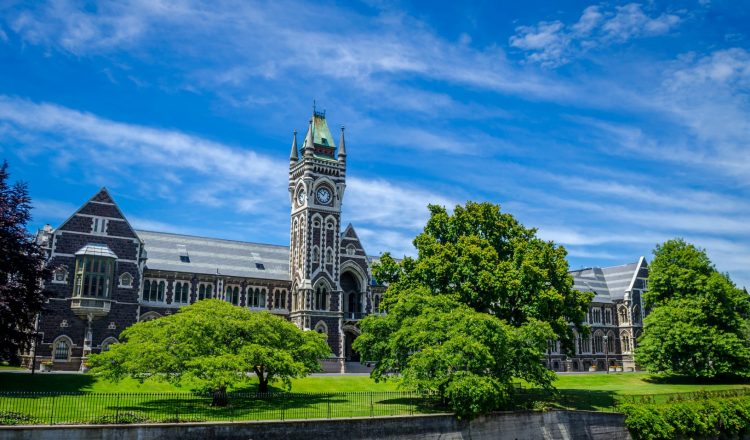고등학교 학생들은(보통 12-13학년) 전문적인 직업 교육을 선택할 수 있으며 다양한 프로그램과 기관으로부터 취업 및 진학을 위한 도움을 받을 수 있습니다.
청년보장제도
청년보장제도는 만16-19세 학생들이 고등교육기관에서 NCEA 레벨 1-3 또는 레벨 1-3 인증을 받기 위한 교육 과정입니다. 일반적으로직업훈련에 중점을 둡니다.
직업학교
직업학교는 11-13학년의(만15-18세) 학생들에게 실질적인 기술 프로그램을 가르칩니다. 학교 또는 기타 교육기관에서 운영합니다.
기술학교
기술학교 및 폴리텍대학는 입문 과정에서부터 학위까지 전문 직업 교육 훈련 등을 가르칩니다. 산업교육은 농업, 건축, 건설, 자동차 정비 등이 대표적이며 이와 관련한 자격증 및 교육 과정이 개설되어 있습니다. 정부와 관련 분야로부터 지원받습니다.
사설교육기관
사설교육기관은 인증서 및 전문 학위 수준의 여행, 관광과 관련한 직업 과정을 제공합니다.
대학교
뉴질랜드에는 8개의 국립대학교가 있습니다. 각 대학교은 다양한 전공의 학위를 수여하며 전문 학위도 보유하고 있습니다. 모든 대학교은 국제적으로 인정받고 있으며 다른 나라의 대학교과 연구 및 교육 프로그램, 뉴질랜드 및 해외 비즈니스 커뮤니티와 연구 개발 업무를 수행합니다.

















































